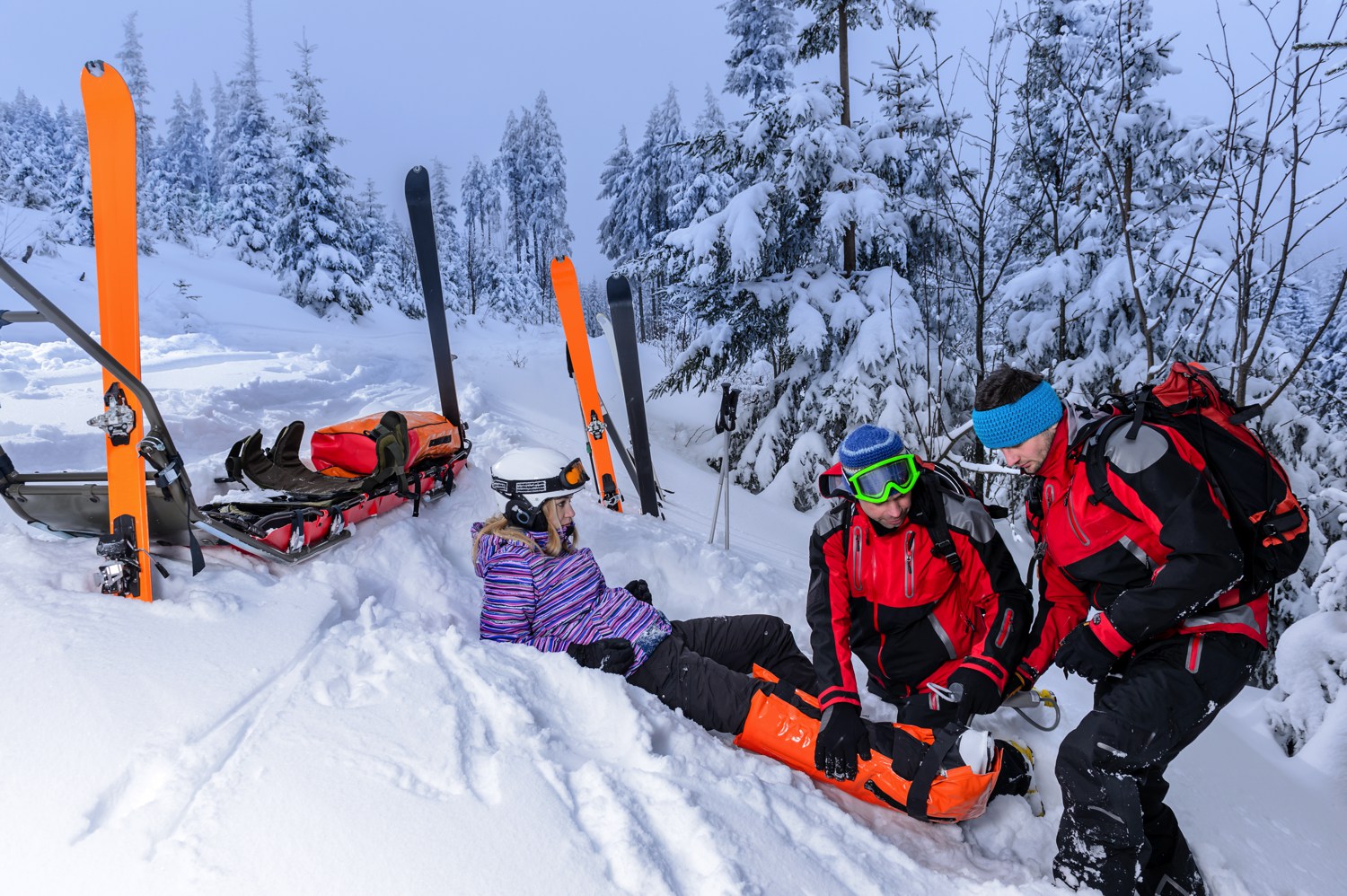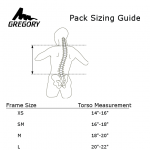
Just like we mentioned on our recent post, accidents may occur at any moment. Especially, when performing winter outdoor activities. Ice and snow are slippery and the cold weather keeps your muscles and joints frigid. These factors can increase the possibility of getting severely injured after an accident.
Today, we would like to discuss how to recognize and treat a broken bone in the backcountry. No matter if it is just a sprain or any other injury, the victim should always receive immediate attention. However, a fracture requires serious care. Therefore, it is important to learn what to do, in case the unpleasant and unexpected occurs.
Recognizing a Fracture
In the wilderness, diagnosing a fracture, dislocation, sprain, damaged ligament or any other injury, can be complex and imprecise. However, depending on the type and severity of the injury it could be pretty obvious that a bone is, in fact, broken. For example, when there is obvious deformity of the area or a bone is protruding from the skin. In most cases, the casualty will be in extreme pain.
Sometimes people feel or even hear the bone snap. The area will be swollen and possibly discolored, as well as feel tender and extremely painful. The broken limb may swell up and become immobile.

Immobilize the Fracture
Your next step is to determine the kind of fracture you are dealing with and immobilize it. The technique you should apply to treat a fracture will depend on the broken bone, the severity, and type of fracture.
A simple fracture is a bone break that does not pierce the skin. You may hear or feel the bone snap. It is extremely painful and you may not be able to move that limb. Splint the injured limb to immobilize it. Splints should be snug, but not so tight that they restrict circulation or cause pain. If it is a broken finger, use a bandage or tape to splint it to an adjacent finger.
If it is a lower-arm injury, fasten the arm to tent stakes or tree limbs to hold it stationary. Create a sling out of bandages or straps to hold it in place against the torso as you walk. Splint an upper-arm injury as you would a lower arm. Tape or bandage the injured arm to the chest to keep it from moving.
Applying Traction
 Certain fractures such as broken long bones or open fractures require traction to gently manipulate the fracture into its anatomically correct position. You can achieve this by gently grasping the proximal (closest to the center of the body) part of a limb above the fracture site and holding it in the position found.
Certain fractures such as broken long bones or open fractures require traction to gently manipulate the fracture into its anatomically correct position. You can achieve this by gently grasping the proximal (closest to the center of the body) part of a limb above the fracture site and holding it in the position found.
With your free hand grasp the limb firmly below the fracture site and gently apply a steady traction to the distal (farthest from the point of attachment) part of the fracture. Maintain a gentle downward pressure on the limb and slowly and bring the limb into its normal anatomical position.
No matter what, always be prepared and take any precautions before performing any outdoor activity. Prevention is the best way to anticipate any accidents. Always carry with you the proper gear such as trekking poles, a good trail backpack, and your outdoor first aid kit.






